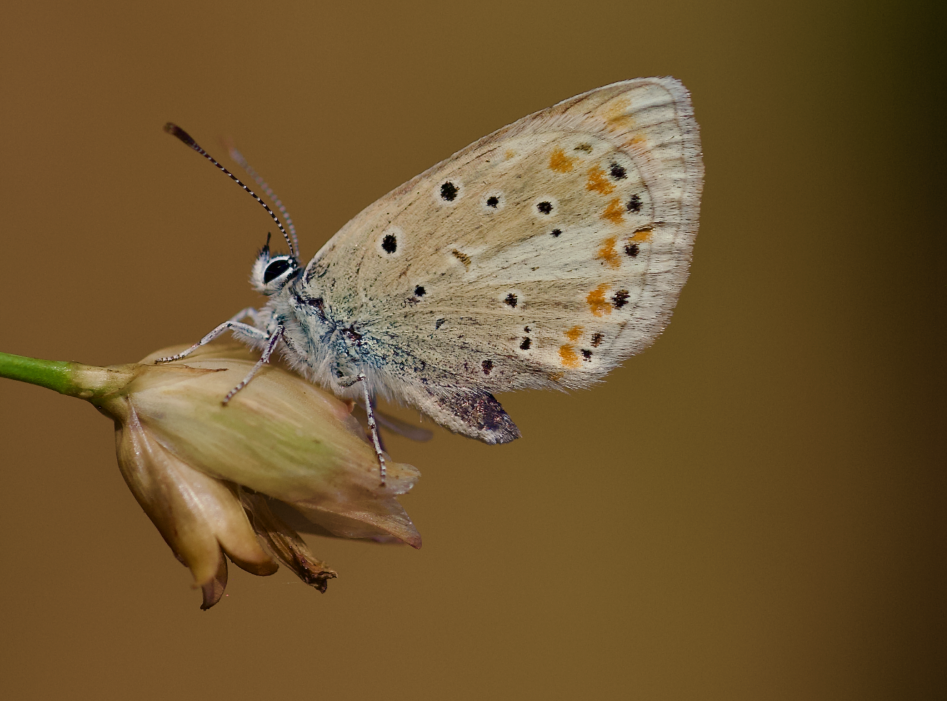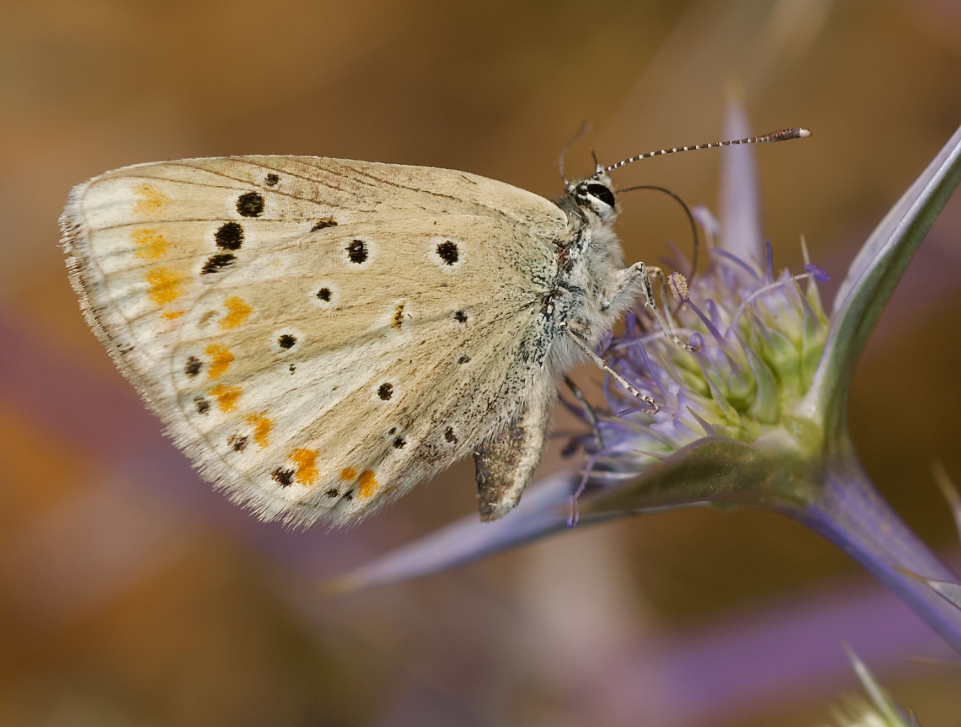It’s official: the animal with the highest number of chromosomes is the Atlas blue butterfly, boasting a record 229 pairs. This is a pretty unusual finding since many of its closest relatives have just 23 or 24 pairs.
The Atlas blue butterfly (Polyommatus atlantica) is native to the North African mountain ranges of Morocco and northeast Algeria.
It had long been suspected that this elusive butterfly may hold the record for the most chromosome pairs in the animal kingdom, but scientists from the Wellcome Sanger Institute and the Institute of Evolutionary Biology in Barcelona have now sequenced its genome for the first time, confirming the claim.
Chromosomes are thread-like structures found in the nucleus of cells that serve as packages of DNA. These proteins ensure that the enormously long DNA molecules can be packed into the cell, carrying the genetic instructions for life from one generation to the next.

The Atlas blue butterfly, also known as Polyommatus atlantica, isn’t very blue.
Image Credit: Dr Roger Vila / The Institute of Evolutionary Biology
Different species have different numbers of chromosomes: humans typically have 23 pairs, chimpanzees have 24, dogs have 39, fruit flies have four, and Tasmanian devils have seven. One of the highest chromosome counts exists in a plant, the so-called adder’s tongue (Ophioglossum reticulatum), with 720 pairs.
As you can see, the number of chromosomes isn’t necessarily linked to a species’ size, intelligence, or complexity. Over evolutionary time, chromosomes can split or merge. Many of these fissions and fusions don’t affect survival; they just persist in the population by chance.
In the case of the Atlas blue butterfly, the researchers found that its unusually high chromosome count may reflect a rapid evolutionary history.
They discovered that the chromosomes had split at points where the DNA is less tightly wound. The butterfly retained roughly the same amount of genetic information, but it was packaged into far more, smaller sections. Apart from the sex chromosomes, all others were broken up, raising the count from 24 to 229 pairs in just 3 million years – a blink of an eye in evolutionary terms.
Extreme chromosomal changes like this are often thought to be harmful, but they appear to have served the Atlas blue butterfly well for millions of years. Chopping its chromosomes into smaller sections may have fostered greater genetic diversity by allowing more shuffling of genome parts.
In theory, this could help butterflies adapt more rapidly to change. At the same time, species with unusually high chromosome counts may face challenges from the added genetic complexity, potentially making them more vulnerable to extinction in the long run.

Another shot of the Atlas blue butterfly, not looking very blue.
Image Credit: Dr Roger Vila / The Institute of Evolutionary Biology
Today, the Atlas blue butterfly faces new threats in the form of human-driven climate change and habitat loss, including the destruction of cedar forests and overgrazing in its mountain home. Whether it can survive these radical changes may hinge, in part, on its extraordinary chromosomal setup.
“When we set out to start to understand evolution in butterflies, we knew we had to sequence the most extreme, and somewhat mysterious, Atlas blue butterfly,” Dr Charlotte Wright, first study author and an evolutionary biologist from the Wellcome Sanger Institute, said in a statement sent to IFLScience.
“Being able to see, in detail, how the Atlas blue butterfly chromosomes have been split over time in specific places, we can start to investigate what benefits this might have, how it impacts their ability to adapt to their environment, and whether there are any lessons we can learn from their DNA that might aid conservation in the future,” she added.
The new study is published in the journal Current Biology.
Source Link: With 229 Pairs, This Beautiful Animal Has The Highest Number Of Chromosomes Of Any Animal